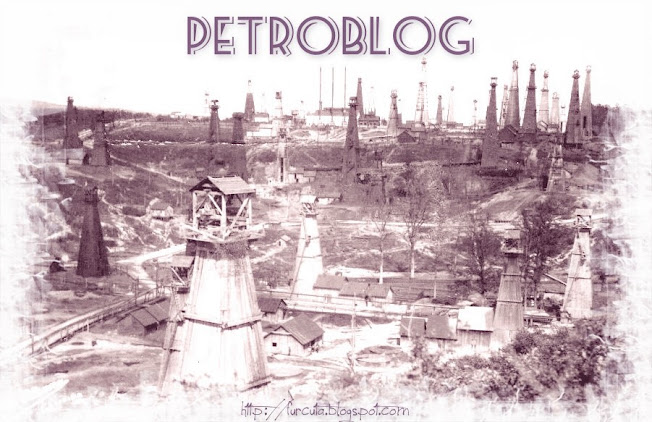The 160 Romano-Americana oil well at Moreni, Romania, which had been burning for nearly 28 months, was extinguisned on September 18,1929.The fire started on May 28, 1929, when the well was being drilled and a stratum of gas was struck, by accident.The pressure of the gas was so great that it blew out the drill and, with it, masses of stone and dirt.Stones striking on metal caused a spark, which ignited the gas and thus started the fire. Every effort was made for months to put the fire out. Vast sums of mones were spent, and several lives were lost as a result of accidents. At first the engineers tried to dig tunnels in order to tap the well and draw off the gas, but all that they could achieve was to diminish the pressure without actually extinguishing the fire.A fire-fighhting specialist(Myron Kinley) went from the United States and tried to put the fire out by dynamiting it, but this method also failed. He was to have made another attempt with a bigger charge of dynamite, but in the meantime it was decided to draw off some more gas. One of the o
ld tunnels was used for the purpose. Some machinery had got stuck in it on a previous occasion, but it was successfully extricated. This made the task of pumping the gas out easier, and the pressure diminished so greatly that the fire went out. In its early stages the fire was so big that it could be seen at night at Bucharest, 100 Km away, and the inhabitants of Moreni were able to read at night by its light. Later it diminished in height considerably, as succeeding explosions had made craters in the ground, through which the burning gas was escaping, giving it fire aspect of a small volcano. The Romano-Americana after the fire went out had still a difficult task in front of it, as the leakage of gas, which had to be stopped, continued. This was to be done by pumping water and dirt at high pressure into the aperture. By this means the dirt would be forced into all the crannies and thus prevent the gas from filtering through.
Works done to extinguishing the outbreak.

